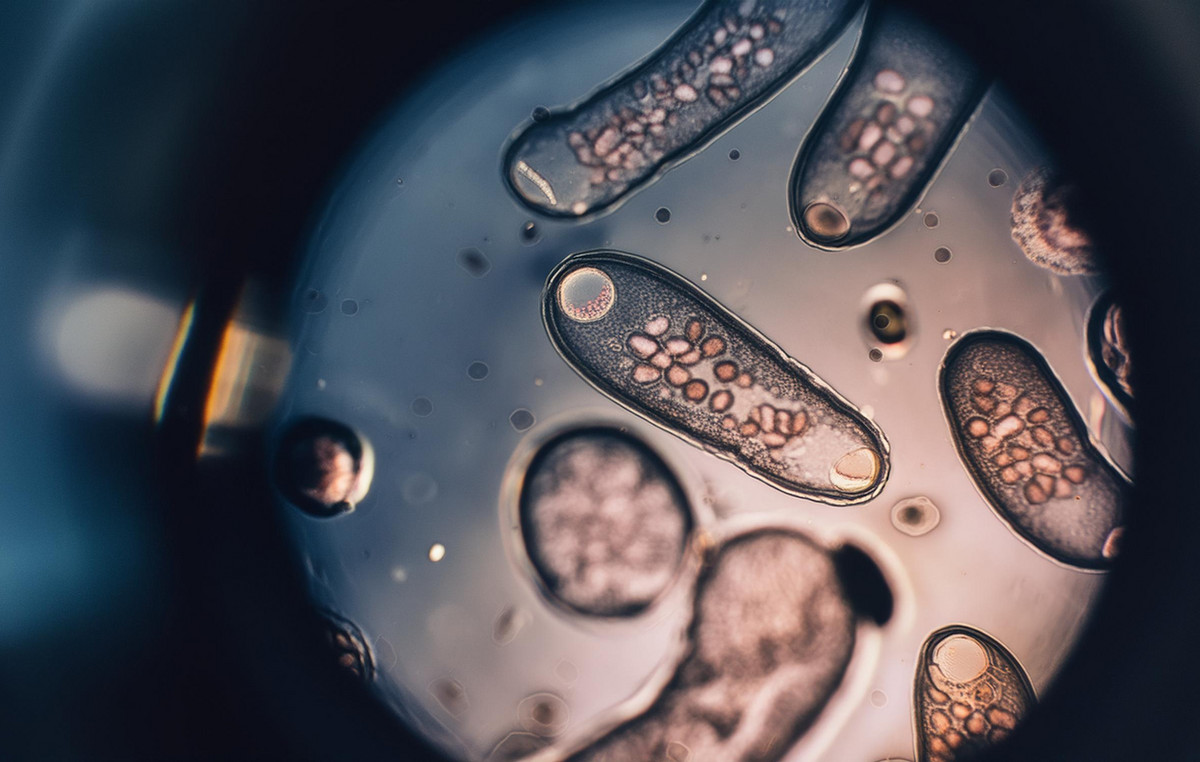The current suffocating heat wave which mainly affects the South and Southeast regions of Brazil in recent weeks can pose several health risks . On Monday (18), Inmet (National Institute of Meteorology) issued a “great danger” alert for the regions due to high temperatures.
In addition to the risks to the heart and the greater susceptibility to dehydration, extreme heat can also be dangerous for your skin . This is what dermatologist Cauê Cedar, head of the SBD (Brazilian Society of Dermatology), warns.
“When we talk about heat and, especially, in summer, outdoor activities increase and solar radiation is more intense. This greatly increases the risk of burns and skin cancer,” says Cedar, to CNN .
Furthermore, because Brazil is a tropical country, it is common that, during the summer and periods with heat waves, such as the current one, people flock to beaches and swimming pools, also being exposed to the excess humidity . “This ends up being a very favorable scenario for the appearance of skin conditions”, adds the specialist.
Another issue that influences the emergence of skin diseases during summer and the tanning culture . It is common to see people exposing themselves to the sun at times with the highest incidence of ultraviolet radiation, between 10 am and 4 pm, to “get a color”. “This further encourages the emergence of some conditions linked to this radiation”, comments Cedar.
According to the dermatologist, the main skin conditions that are common in summer and with rising temperatures are:
Sun burn
Sunburn is that redness of the skin common after sun exposure. It can be accompanied by symptoms such as pain, sensitivity, burning, stinging and changes in skin texture, which can lead to peeling.
In more serious cases, the sunburn can lead to heatstroke a condition characterized by headache, fever, nausea, vomiting, malaise and dehydration.
Solar acne
According to SBD, the solar acne It is a condition caused by the mixture of increased skin oil — common in summer — with sweat, use of sunscreen and solar radiation itself.
Solar acne can also appear in areas other than the face, such as the back and shoulders. SBD recommends washing your skin with a soap suitable for oily skin, using astringent toners and water-based or gel-based sunscreens to reduce oiliness.
Seborrheic dermatitis
A seborrheic dermatitis It is an inflammation of the skin that causes peeling and redness in some areas of the face, such as eyebrows, scalp and ears. The peeling of the skin, characteristic of this condition, is popularly known as “dandruff”.
This is a chronic disease, with periods of improvement and worsening of symptoms. According to Cedar, Excessive heat can aggravate seborrheic dermatitis . To prevent this, some precautions include using shampoo suitable for the scalp with this condition, maintaining a healthy diet, avoiding alcohol consumption and avoiding hot baths.
Rosacea
A rosacea It is a disease that affects the skin, mainly in the center of the face. It is characterized by sensitive skin, which is easily irritated by the use of some dermatological products, acids and also by heat.
“Rosacea is an excessive dilation of the skin vessels, which generates a vascular change that gives the appearance of red or pink skin”, explains Cedar. “In the heat, we have increased exposure to ultraviolet radiation and an increase in temperature. In response, we have a process of vasodilation, and this leads to an increase in blood supply to the face and, consequently, rosacea becomes more apparent”, he adds.
The characteristic symptoms of rosacea can become more intense with high temperatures, including burning skin, hot flashes in the face, itching and, in some cases, the appearance of pustules and small blisters on the face.
Melasma
O melasma is a condition characterized by appearance of dark spots on the skin , mainly on the face, being more common in women. Its causes are not yet fully understood, but, according to the SBD, the use of female contraceptives, pregnancy and sun exposure are among the risk factors for developing the condition, in addition to genetic predisposition.
“If we think of summer as the increase in the incidence of ultraviolet radiation and the increase in temperature as a result, sunlight and heat are factors that can exacerbate melasma”, says the dermatologist.
“Exposure to ultraviolet radiation of skin that already has melasma increases skin pigmentation in general, accentuating the contrast between the melasma area and areas with less pigmentation”, he adds.
This happens because sun exposure increases the production of a hormone called melanocyte-stimulating hormone, which induces the production of melanin, the skin pigment. With the increase in the activity of this hormone, the skin is more predisposed to hyperpigmentation, leading to the characteristic spots of melasma.
“This can happen even if the person has their arms out and their face covered. In other words, it is possible to exacerbate facial melasma through exposure to ultraviolet radiation in other areas of the body”, says Cedar.
White Cloth (ringworm)
A pityriasis versicolor popularly called White cloth , is a type of mycosis that is common in the summer. “Mycoses are infections caused by fungi and, sometimes, we create conditions for them to proliferate, which can cause skin dysfunction,” says Cedar.
In the case of white cloth, ringworm is caused by fungi of the genus Malassezia and the two main factors for its proliferation are O heat and humidity . Its symptoms are characterized by round or oval spots, covered with fine scales, mainly on the trunk and arms.
In addition to white cloth, other mycoses can also be common in the summer. “Heat, humidity and low immunity cause fungi to reproduce and cause diseases mainly in the nails and feet, but also in other parts of the body. And everyone is equally predisposed to this: children, elderly people, adults, teenagers, men and women”, says the dermatologist.
To prevent the emergence of mycoses, it is essential to maintain a good hygiene habit, drying your feet and folds well after bathing, avoiding prolonged contact of damp clothes with your skin (for example, swim trunks, swimsuits and bikinis) and avoiding walking. barefoot on damp floors.
Prickly heat
A prickly heat is the popular name for miliary an inflammatory dermatitis caused by obstruction of the sweat glands, which prevents sweat from leaving the body. Hot and humid environments favor the appearance of this skin condition, according to the SBD.
“Prickly heat are those little blisters that appear, mainly in children, due to skin contact with sweat, especially in the folds of the child’s own skin”, explains Cedar. These small blisters on the skin can also appear on the trunk, neck and armpits.
How to protect your skin during hot flashes?
To protect your skin in summer, the classic tip is valid: use sunscreen with SPF (sun protection factor) of at least 30, according to SBD recommendations. Furthermore, the FPS must be linked to protection against UVA radiation, indicated by the abbreviation PPD (Persistent Pigment Darkening). This information can be found on the sunscreen label.
In addition to the filter, it is essential to protect the skin by wearing a hat, cotton clothing or fabrics that protect against ultraviolet radiation (mainly for outdoor activities), avoiding sun exposure during periods of greater sunlight (between 10 am and 4 p.m.), use of parasols (or umbrellas) when walking on the street and use of sunglasses.
“Hydration is also an important factor that is often left aside. Furthermore, due to the humidity, it is important to dry your skin properly, avoid prolonged contact with damp clothing and, if for some reason you have been too hot in the sun, take some post-sun exposure care, such as using after-sun lotion, cold compresses and skin hydration”, concludes Cedar.
Source: CNN Brasil
I am an experienced journalist and writer with a career in the news industry. My focus is on covering Top News stories for World Stock Market, where I provide comprehensive analysis and commentary on markets around the world. I have expertise in writing both long-form articles and shorter pieces that deliver timely, relevant updates to readers.







